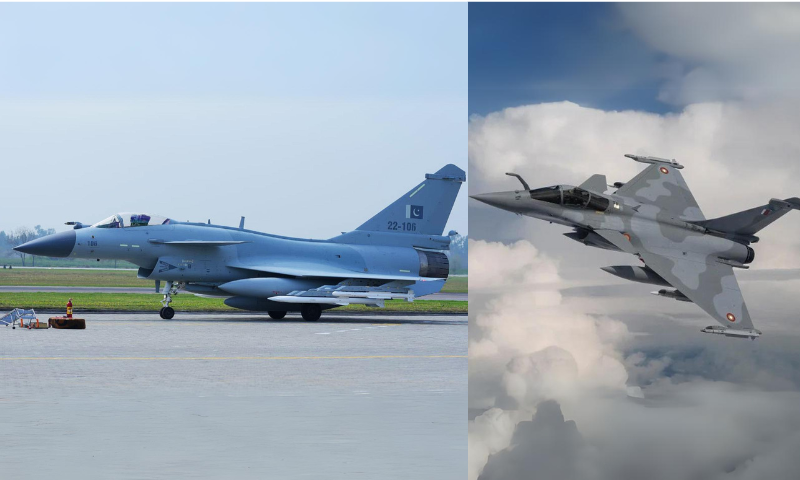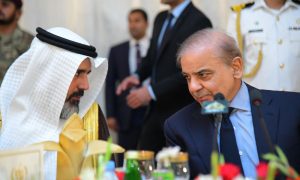
Air dominance plays a pivotal role in modern warfare, influencing the outcome of conflicts and shaping the strategic landscape. Nations worldwide invest heavily in advanced fighter aircrafts to ensure control of the skies, as controlling the airspace provides a strategic advantage, allowing for the protection of ground forces, surveillance capabilities, and the ability to deny adversaries the same benefits.
In addition, possessing superior air capabilities serves as a deterrent, dissuading potential adversaries and contributing to overall national security as in recent times airborne platforms are crucial for gathering intelligence, surveillance, and reconnaissance (ISR), providing decision-makers with critical information for effective command and control.
Modern air superiority fighters are often equipped with multi-role capabilities, enabling them to engage in air-to-air combat, ground attack missions, and electronic warfare, making them versatile assets on the battlefield.
In order to maintain the dominance in the skies the two adversaries Pakistan and India in recent times have invested a hefty amount on procuring aircrafts, and the two contenders that have garnered attention are the J-10C, developed by China, and the Rafale, a French-made multi-role fighter.
Pakistan has inducted the J-10C fighter jets in order to address the military imbalance in the region that resulted from the Indian acquisition of French-made Rafale fighter jets.
J-10C is a fourth-generation multirole fighter aircraft developed by the Chengdu Aircraft Industry Group in China, whereas, Rafale also a fourth-generation multirole fighter aircraft developed by Dassault Aviation in France.
J-10C features a delta wing design with canards (forward horizontal stabilizers) and a single-engine configuration. It has a blended fuselage and a glass cockpit, whereas, Rafale features a canard delta wing design with twin engines. It also incorporates a blended fuselage and a glass cockpit.
The avionics suite of the J-10C includes an AESA radar, electronic warfare systems, and advanced sensor fusion capabilities. Rafale is equipped with an AESA radar, advanced avionics, and a comprehensive suite of sensors including infrared search and track (IRST) systems.
J-10C can carry a variety of air-to-air and air-to-ground missiles, as well as precision-guided munitions. Rafale is capable of carrying a wide range of weapons, including air-to-air missiles, air-to-ground missiles, anti-ship missiles, and nuclear weapons.
Performance figures for the J-10C include a maximum speed of Mach 2 and a combat radius of around 1,000 kilometers (620 miles). Rafale has a maximum speed of Mach 1.8 and a combat radius of around 1,850 kilometers (1,150 miles).
J-10C incorporates some stealth features, but it is not considered a stealth aircraft in the same category as fifth-generation fighters. While not a stealth aircraft, Rafale features reduced radar cross-section design elements and materials to enhance survivability.
J-10C is primarily operated by the People’s Liberation Army Air Force (PLAAF) of China, and Pakistan is the first ever country to import these aircrafts. Rafale is operated by the French Air Force and Navy, as well as by export customers including India and Egypt.
J-10C is generally considered to be a more cost-effective option as compared to the Rafale which is a high-end multirole fighter with advanced capabilities, but it also comes with a higher price tag.
In terms of the operational and technical capabilities, both aircrafts are reliant on specific operational requirements, mission profiles, and the preferences of the air forces employing them. Each aircraft has its strengths and weaknesses, and the choice between them would involve considering a range of factors, including cost, interoperability, and strategic considerations.
However, the combination of J-10C with JF-17 will definitely bring an advantage for Pakistan Airforce in terms of operational basis, technical capability and cost effectiveness, giving them a diverse option for missions and as well as reconnaissance.























